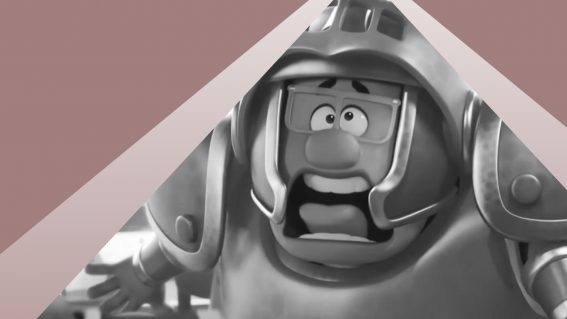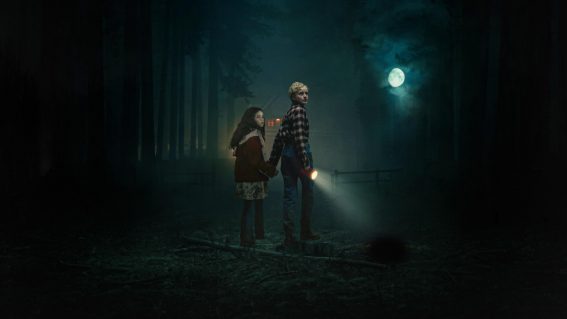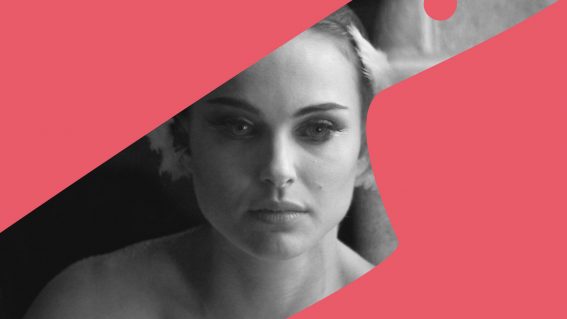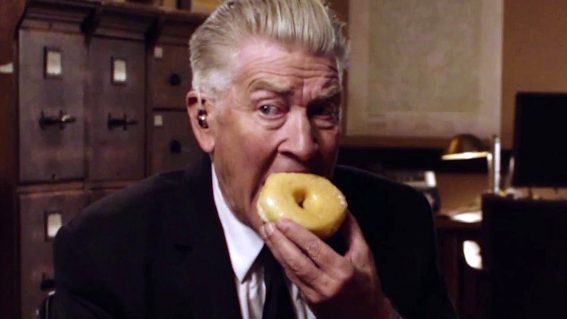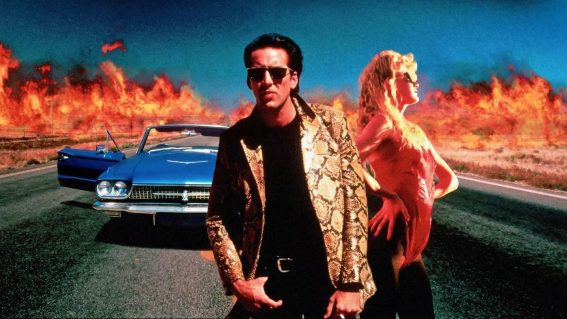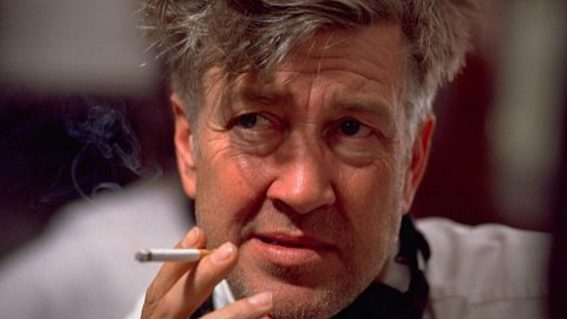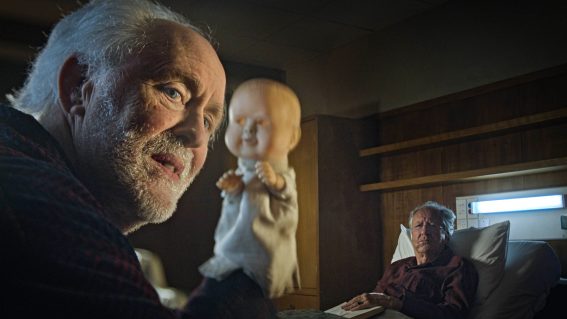The Pure Necessity removes all humans from The Jungle Book – and it’s one of the strangest animated movies ever
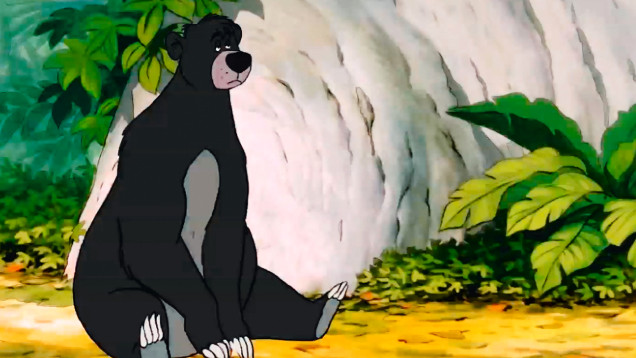
Is The Pure Necessity a nature documentary? That might seem like a fanciful suggestion given the following factors: 1) this deeply peculiar film is an animated feature, and 2) it is in effect a remake of Disney’s 1967 hand-drawn musical The Jungle Book, which adapted Rudyard Kipling’s story about a boy who lives among anthropomorphic animals. Except in this version, from Belgian video artist David Claerbout, there is no boy, no songs and no anthropomorphism.
For The Pure Necessity, Claerbout and a team of 20 animators redrew every frame of the Big Mouse’s toe-tappin’ classic, in order to completely remove all human elements from the story. This includes the protagonist Mowgli and the ability for the animals to speak to each other (at least in human dialect). There is no dialogue of any kind, nor any plot or sense of the passing of time, beyond visions of the jungle turning from day to night and vice versa.
The resulting work – which screened at Sydney Film Festival on the weekend – is a quintessentially postmodern movie, emotive and yet oddly cerebral. The film arrives in a new era of IP appropriation, like another title on the festival program, which shares its revisionist spirit: the Australian film Terror Nullius. The Pure Necessity is also one of the strangest animated movies ever made, in part because of its mind-bending ordinariness, and in part because it transforms a well-known property into something both extraordinary and unimaginative.
Head trips such as Fantasia and Allegro Non Troppo, often cited as among the ‘weirdest’ animated movies, are informed by the language of dreams, which is nothing if not visually and thematically interesting. The Pure Necessity is informed by the language of real, natural life, which rarely follows the rhythms required for interesting storytelling or aesthetic invention. In this sense The Pure Necessity has a much stranger foundation.
Instead of singing his famous ditty The Bare Necessities, Baloo now simply floats down the river on his back, his cuddly belly pointing towards the sky. In absence of story, plot and dialogue, small details resonate. The sound the bear’s paws make when breaking the surface of the water; the colour of his vibrant red tongue; the lily pads in the foreground; the diegetic scene-setting soundtrack. Stripped of Disneyfication, the audio is striking in its simplicity. It comprises the sounds of the jungle – of birds, insects, water and the stirring of animals.
When we visit a ruined temple and meet King Louie the orangutan (who formerly crooned I Wanna Be Like You) appears more slothful than ever, the big lug plonked on the ground while monkey minions lounge about around him. When we see a tiger secretly observing a deer, the sense of danger we feel for the beautiful Bambi-esque animal is palpable. In this film life and death has no dramatic context or narrative thrust; no moral or intellectual perspective.
Is The Pure Necessity a fundamentally different experience to watching a nature documentary – perhaps a David Attenborough production, with the sound muted? Broadly speaking, the sensation is the same
Claerbout relegates the viewer to the status of an observer, and nothing more. You could argue the same is true of most, if not every film. But the context here is very different and very unusual in its naturalness. In showing nothing beyond the simple behaviour of animals (a panther lounging on a rock, or a snake slithering along the ground, or birds perched on a branch) the director pares down the role of the audience to the purest possible state. Our subjective appreciation of his film cannot be betrayed by reason, unless it is the kind of reason that cries out for more things to be betrayed by. More story, more themes, more of what Claerbout seems to suggest are ultimately embellishments.
Is The Pure Necessity a fundamentally different experience to watching a nature documentary – perhaps a David Attenborough production, with the sound muted? Broadly speaking, the sensation is the same: we are watching to appreciate nature. One might suppose that documentary footage is ‘real’ and the animated images in Claerbout’s film are not. But in a cinematic and televisual medium built on tricks of light and shadow, where even switching a camera on constitutes an act of manipulation, distinguishing between reality and artifice in such a way feels rudimentary at best.
In the process of removing much of the original film, an unusual amount has been added, drawing paradoxes. The Pure Necessity feels both empty and full of life. It is easy to like and yet offers little (in terms of a conventional cinematic experience) in return. It feels like a vision of the outside world, yet reality looks nothing like this. It is the most natural film you’ll ever see, but every frame was contrived. It makes perfect sense and it makes no sense. It is documentary; it is animation. And it is very, very strange.

